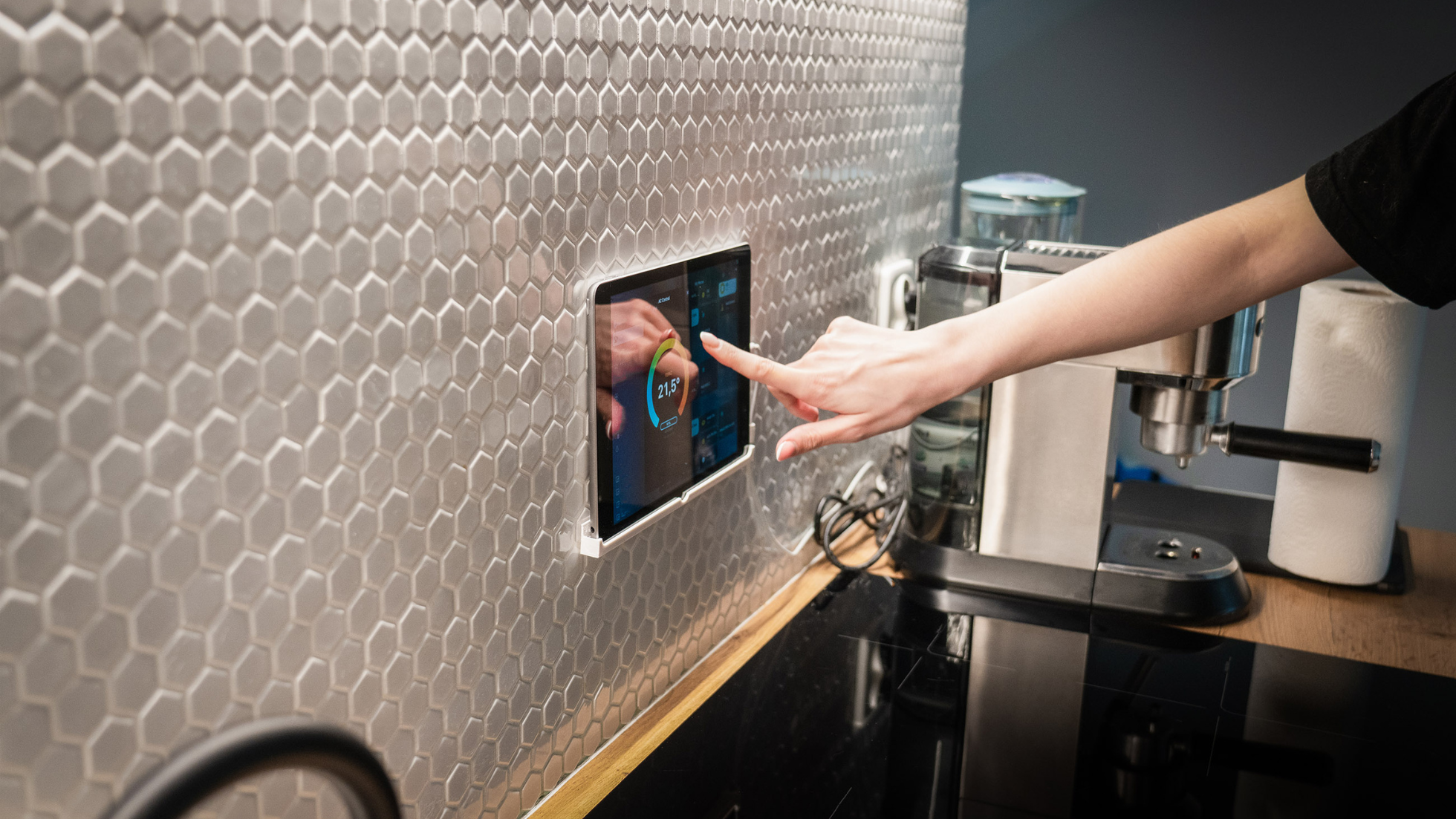The Smart Devices That Consistently Prove Their Value
The smart home market grows every year, but not every connected product deserves a spot in your house. Some devices make daily life easier and deliver real savings. Others require troubleshooting, app juggling, or expensive replacements when the manufacturer stops updating them.
If you want a home that feels smarter without adding complexity, start with the features that provide the best mix of reliability, value, and long-term support.
Start With a Simple Test
Before buying any smart device, ask three questions:
Does it improve comfort, safety, or efficiency in a meaningful way?
Will it still function if the company behind it changes direction or shuts down?
Would a future buyer or renter see this as a convenience or a maintenance problem?
If a device cannot earn at least two yes answers, it probably is not worth the investment.
Smart Thermostats: The Highest ROI
Smart thermostats remain the most reliable upgrade. They are easy to install, simple to use, and typically reduce energy use by 10 to 20 percent while maintaining a comfortable temperature. You can see typical savings validated by ENERGY STAR and the U.S. Department of Energy.
Unlike many connected devices, thermostats get regular software updates and broad compatibility across platforms. If you buy only one smart feature, this is the one with the clearest return. For a sense of how different models compare, Wirecutter’s thermostat guide is a reliable resource.
Smart Locks: Convenience Without the Risks
A good smart lock removes the headaches of physical keys. Look for locks that support PIN codes, encrypted mobile credentials, and offline functionality in case of connectivity issues.
Consumer testing sites such as Consumer Reports are helpful for evaluating lock reliability, installation, and long-term durability.
Smart locks are especially valuable in households with guests, aging parents, dog walkers, or short-term rental turnover. The best models also retain traditional mechanical access to prevent fully digital failure.
Cameras and Sensors: Small Devices With Big Impact
Security cameras and environmental sensors provide real utility when they prioritize reliability over novelty. Look for:
• Motion alerts that distinguish people from background noise
• Local storage options or dependable cloud services
• Water leak sensors that can trigger shut-off valves
• Smoke and CO detectors that send mobile alerts
For safety hardware, the National Fire Protection Association and UL Solutions offer guidance on choosing properly certified equipment.
These are not glamorous devices, but they prevent costly damage and provide peace of mind.
The Devices That Look Impressive but Rarely Pay Off
Not everything with the word ‘smart’ in its name adds value.
Voice Assistants
They are helpful for timers, music, and quick information, but they do not control your entire home as easily as marketing suggests. Most people use only a fraction of their features.
Smart Mirrors and Smart Appliances
These tend to be expensive, difficult to repair, and prone to losing functionality when software updates stop. Traditional appliances paired with a few targeted smart plugs often deliver similar results at a lower cost.
Closed, Proprietary Hubs
If a device works only with one brand’s ecosystem, consider alternatives. Open standards such as Matter and Z-Wave provide more flexibility, easier expansion, and longer device life.
How to Choose a System That Will Last
A smart home is only as strong as its compatibility. A few principles can help you avoid future frustration.
Choose Standards, Not Fads: Matter and Z-Wave devices typically work across manufacturers. This reduces app clutter and protects you if a company stops supporting a device.
Check the Update History: A brand that releases frequent updates, publishes security notices, and supports older hardware is more dependable over time.
Look for Fail-Safe Behavior: Devices that continue to function in a basic offline mode help avoid lockouts, dark rooms, and connection issues.
Smart Design Should Stay Out of the Way
A well-designed smart home blends into the environment. Good devices are quiet, consistent, and visually unobtrusive. Sensors should not dominate a room. Cables should be hidden. Lights should adjust smoothly, rather than snapping to full brightness.
If a device constantly draws attention to itself, the experience suffers.
What Buyers and Renters Actually Notice
Most buyers and renters will not comment on the number of smart devices in a home. What they will remember is how the space feels:
The temperature is already comfortable when they walk in.
The lighting feels ambient and intentional.
Entry is simple because they used a code instead of a key.
These details create an impression of quality and modern living without requiring a house full of gadgets.
Bottom Line
A smart home does not need to be complicated. A few well-chosen devices can deliver real value, reduce energy use, and enhance day-to-day living. Start with thermostats, smart locks, and essential sensors. Skip the products that create more work than they save.
Good smart tech should quietly improve your home, not overwhelm it.

